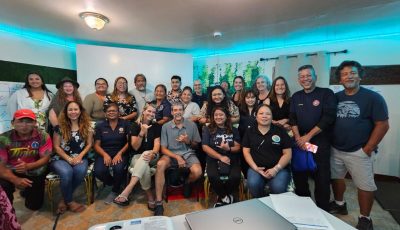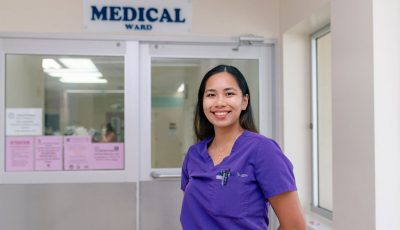Despite Soudelor, CHCC still on top of MERS, Ebola monitoring
Despite having their hands full due to the influx of patients immediately after Typhoon Soudelor and then expending resources for mobile clinics in the recovery effort, the Commonwealth Healthcare Corp. says it is still on top of the Middle Eastern Coronavirus (MERS-CoV) and the Ebola virus.
Warren Villagomez, CHCC hospital and emergency preparedness program director, said the Division of Public Health has strengthened its early warning epidemic disease surveillance including surveillance on influenza-flu like symptoms.
The recent global threats from the Ebola virus disease in West Africa and MERS in Korea highlighted the need for a high degree of vigilance and strong disease detection capabilities.
“There are risks of enhanced disease transmission and outbreaks increase after disasters, especially severe disasters like Typhoon Soudelor, and we need to ensure that any disease outbreak is rapidly identified and controlled,” CHCC chief executive officer Esther Muña said.
According to DPH, in post-disaster settings multiple factors, including damage to water, sanitation and power infrastructure, increases the risks of diarrhea, respiratory, and other infections.
Muna noted that after the typhoon, CHCC implemented an enhanced and integrated early warning alert and response system in shelters, the community, and health facilities. This also strengthens the local and national health security concerns.
“There are a lot of threats out there and because our incident command structure’s ardent staff, we have created strike teams and task force for the Division of Public Health,” Villagomez said.
In related news, a mobile clinic from CHCC will be partnering with the Community Outreach Recovery Effort members that are under the hospital’s CNMI Medical Reserve Corps.
However, CHCC’s incident command control, which is still ongoing, has yet to give the date and details of the mobile clinic’s schedule and destination.



























